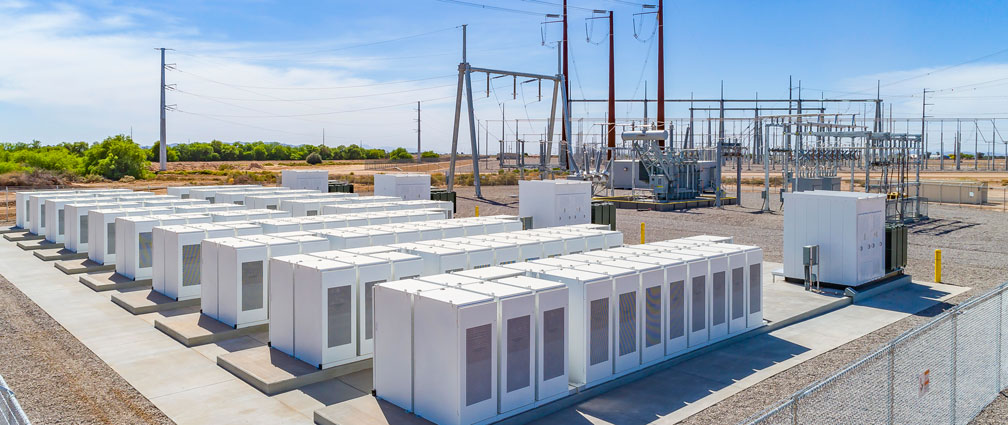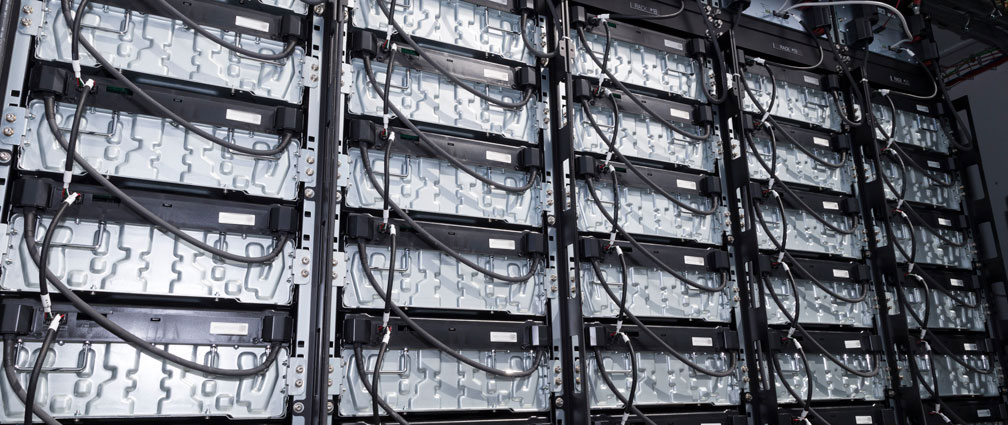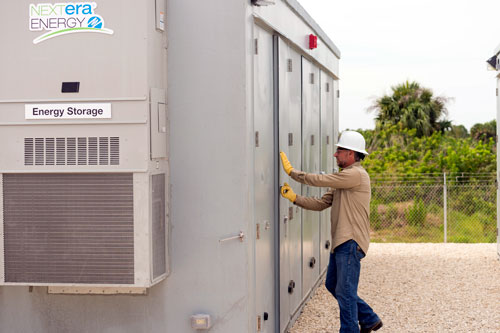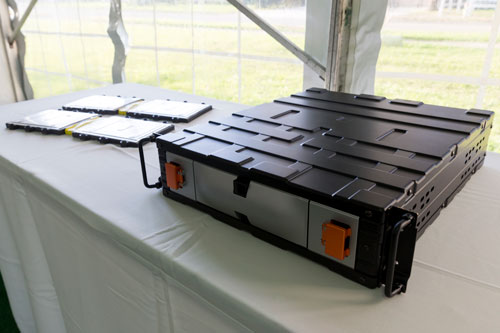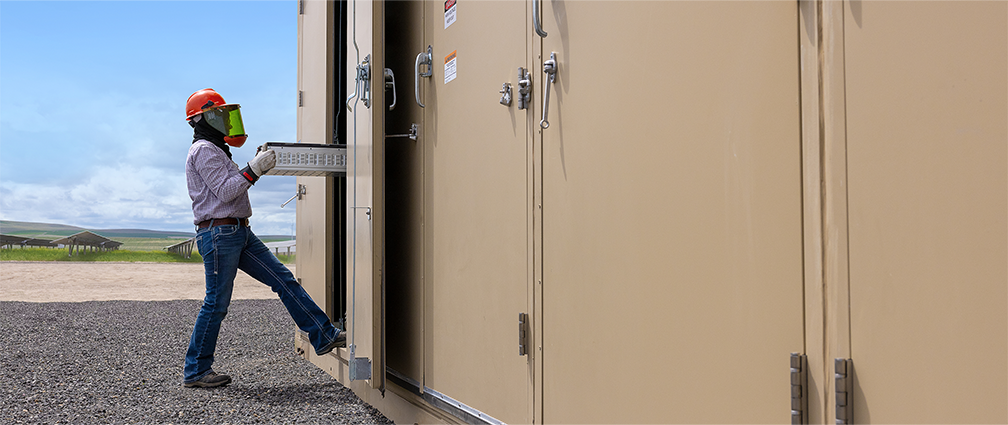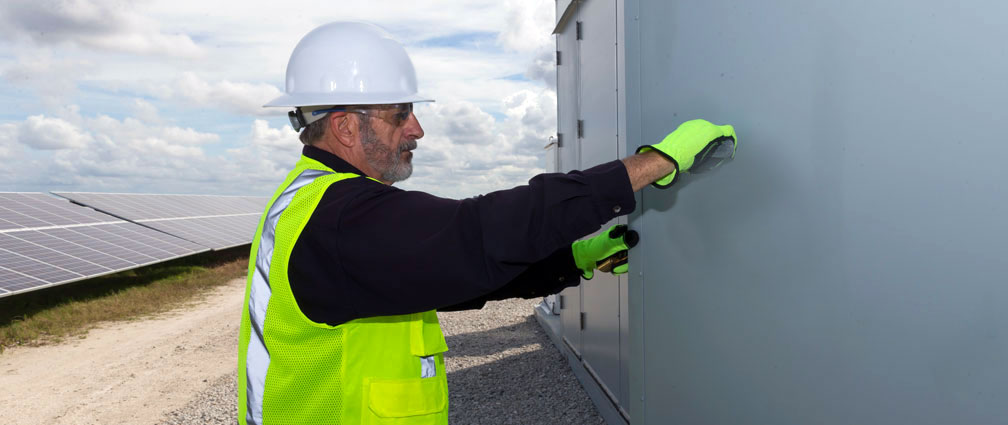How does a battery energy storage system work?
Battery energy storage can provide valuable services to help balance and improve the efficient operations of the larger power grid. Storage can also complement renewable generation by storing wind and solar energy when its plentiful and distributing it to customers when its most-needed. Batteries can make more renewable energy available over more hours of the day – modeling a traditional power plant.
Energy from the power grid or from renewable energy sources is delivered via a bi-directional inverter, which converts the energy from alternating current (AC) into direct current (DC). Today's batteries can only store DC. This energy goes into an array of batteries that is typically housed within a battery container or a building structure.
When the energy is needed on the power system, the inverters are then used again, but this time to convert the DC from the batteries into AC. Once the power has been transformed, it is stepped up in voltage and subsequently sent to an on-site substation or directly to a distribution or transmission line.
A Battery Management System monitors the individual cells and controls the voltage, temperature and current for the safe, reliable transfer of energy. The system automatically shuts off if the batteries are operating outside of predefined parameters.
The electricity is then distributed to homes, schools, businesses and other consumers.
